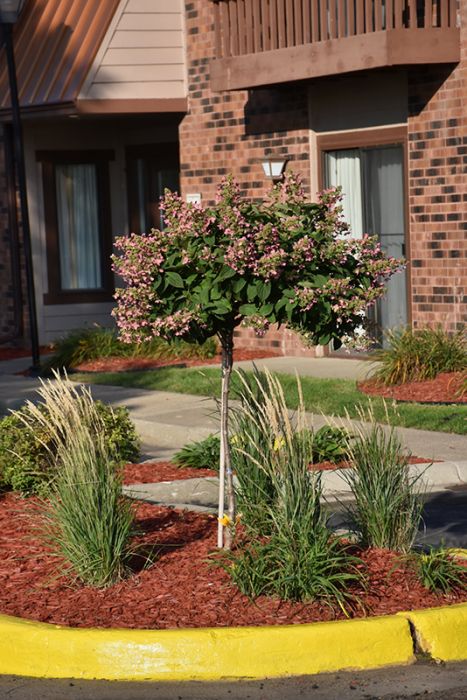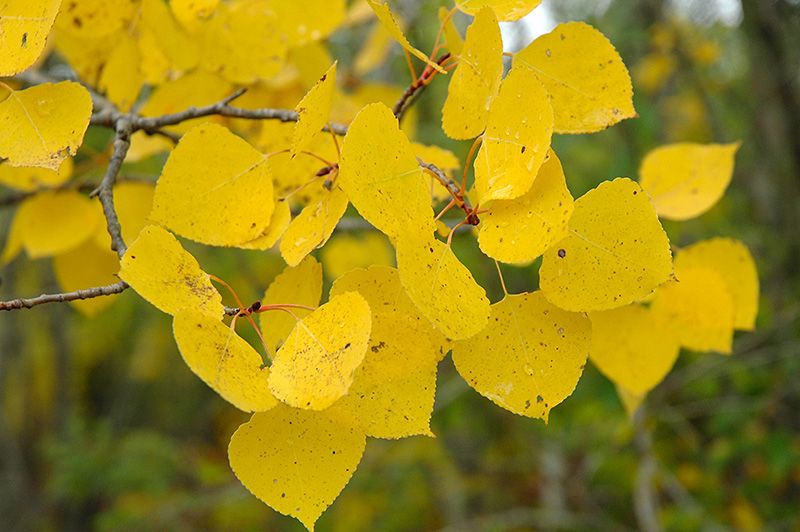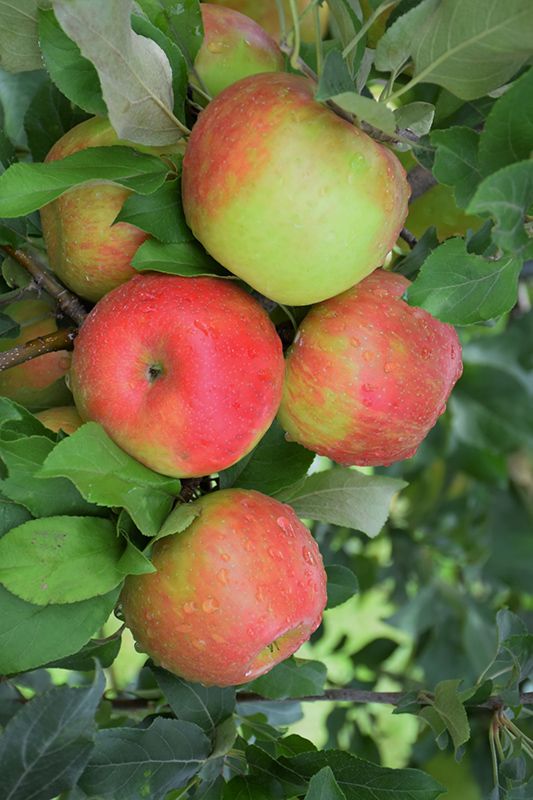Hydrangea Tree, Panicle 'Quick Fire®'



Out of stock
Coming soon, still growing- Sun Preference
- Full-Sun, Part-Sun
Description
Blooms up to one month earlier than other varieties, late spring to early summer, depending on location. Great way to extend the hydrangea season. White flowers that turn to pink are help upright by thick red stems.
Minnesota's Largest Selection of Trees
At Minnesota's Destination Garden Center, we offer a diverse range of trees to suit any landscaping need. Whether you're looking for shade trees to cool your home or ornamental trees to add beauty and interest, you'll find the perfect tree at Gertens. Our knowledgeable staff can help you select the right tree for your space and provide tips for care and maintenance. Visit Gertens today and explore the unmatched variety of trees to enhance your outdoor environment!
Details
Quick Fire® Hydrangea (tree form) | Hydrangea paniculata 'Bulk'
Height: 6 feet
Spread: 4 feet
Sunlight: full sun to part shade
Hardiness Zone: 3a
Brand: Proven Winners
Description:
A version of this popular selection grafted onto a single trunk; this variety blooms a full month ahead of other panicle hydrangeas; features large conical flower heads that start white and fade through pink to a rich rose lasting into fall
Ornamental Features
Quick Fire® Hydrangea (tree form) features bold conical white flowers with pink overtones at the ends of the branches from early summer to late fall. The flowers are excellent for cutting. It has green deciduous foliage. The pointy leaves do not develop any appreciable fall color.
Landscape Attributes
Quick Fire® Hydrangea (tree form) is a deciduous dwarf tree, selected and trained to grow in a small tree-like form with the primary plant grafted high atop a standard. Its relatively coarse texture can be used to stand it apart from other landscape plants with finer foliage.
This dwarf tree will require occasional maintenance and upkeep, and is best pruned in late winter once the threat of extreme cold has passed. It has no significant negative characteristics.
Quick Fire® Hydrangea (tree form) is ideal for use as a garden accent or patio feature, and is recommended for the following landscape applications;
- Accent
- General Garden Use
- Container Planting
Planting & Growing
Quick Fire® Hydrangea (tree form) will grow to be about 6 feet tall at maturity, with a spread of 4 feet. It tends to be a little leggy, with a typical clearance of 3 feet from the ground, and is suitable for planting under power lines. It grows at a medium rate, and under ideal conditions can be expected to live for 40 years or more.
This dwarf tree does best in full sun to partial shade. It prefers to grow in average to moist conditions, and shouldn't be allowed to dry out. It is not particular as to soil type or pH. It is highly tolerant of urban pollution and will even thrive in inner city environments. Consider applying a thick mulch around the root zone in winter to protect it in exposed locations or colder microclimates. This is a selected variety of a species not originally from North America.
Quick Fire® Hydrangea (tree form) is a fine choice for the yard, but it is also a good selection for planting in outdoor pots and containers. With its upright habit of growth, it is best suited for use as a 'thriller' in the 'spiller-thriller-filler' container combination; plant it near the center of the pot, surrounded by smaller plants and those that spill over the edges. It is even sizeable enough that it can be grown alone in a suitable container. Note that when grown in a container, it may not perform exactly as indicated on the tag - this is to be expected. Also note that when growing plants in outdoor containers and baskets, they may require more frequent waterings than they would in the yard or garden. Be aware that in our climate, most plants cannot be expected to survive the winter if left in containers outdoors, and this plant is no exception. Contact our experts for more information on how to protect it over the winter months.
More Information
| Gerten Grown Plants | Gerten Grown Plants |
|---|---|
| Tree Type | Shade & Ornamental |
| Sun Preference | Full-Sun, Part-Sun |
| Mature Height (Range) | 5 - 10 feet |
| USDA Hardiness Zone | 4, 5, 6, 7, 8 |
| Common Family Name | Hydrangea |





